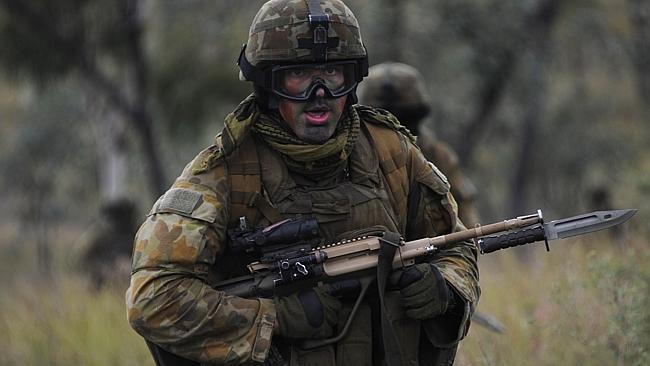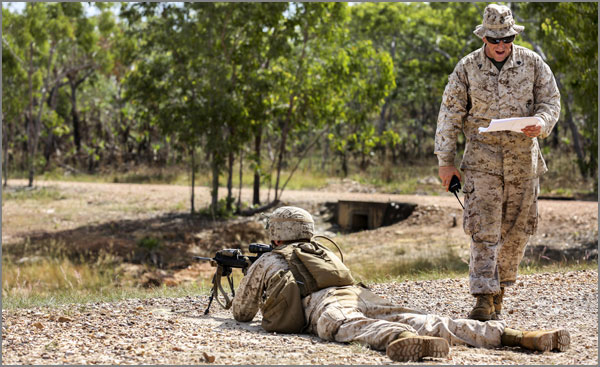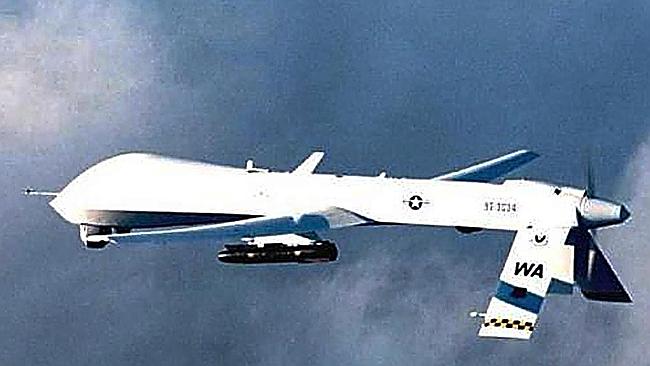Almost 19000 troops to take part in Aus/USA combined military exercise Talisman Sabre

ALMOST 19,000 troops will be playing war games in the Territory and off the coast of Northern Australia in July as part of the Australian and US military exercise, Talisman Sabre.
The biennial event is the Australian Defence Force’s biggest combined military exercise.
Australian Army Brigadier Robert Brown said the Northern Territory part of Talisman Sabre had grown this year and would involve about 18,800 Navy, Army and Air Force personnel from Australia and the US.
“This year a larger portion of the exercise will be staged in the Top End,” he said.
“For 2015, the focus of the exercise, particularly air and maritime operations, will be in the North Australian Range Complex, Timor and Arafura seas however, a number of land activities will continue to be carried out at training areas in the East Australian Range Complex in Queensland.
“We continue to work with traditional owners to fine tune a staged beach landing at Fog Bay which will occur before the exercise moves into the vast Bradshaw Field Training Area on the Northern Territory and Western Australian border.”
A public open day will be held at the Darwin Showgrounds on July 5 and there will be heightened military activity in the Darwin region.
This year will be the sixth time the exercise has been conducted and will involve about 30,000 Australian and US participants with planning and military operations at sea, in the air, and on land.
The exercise will be run in the Northern Territory and Queensland from July 5 to 21.



